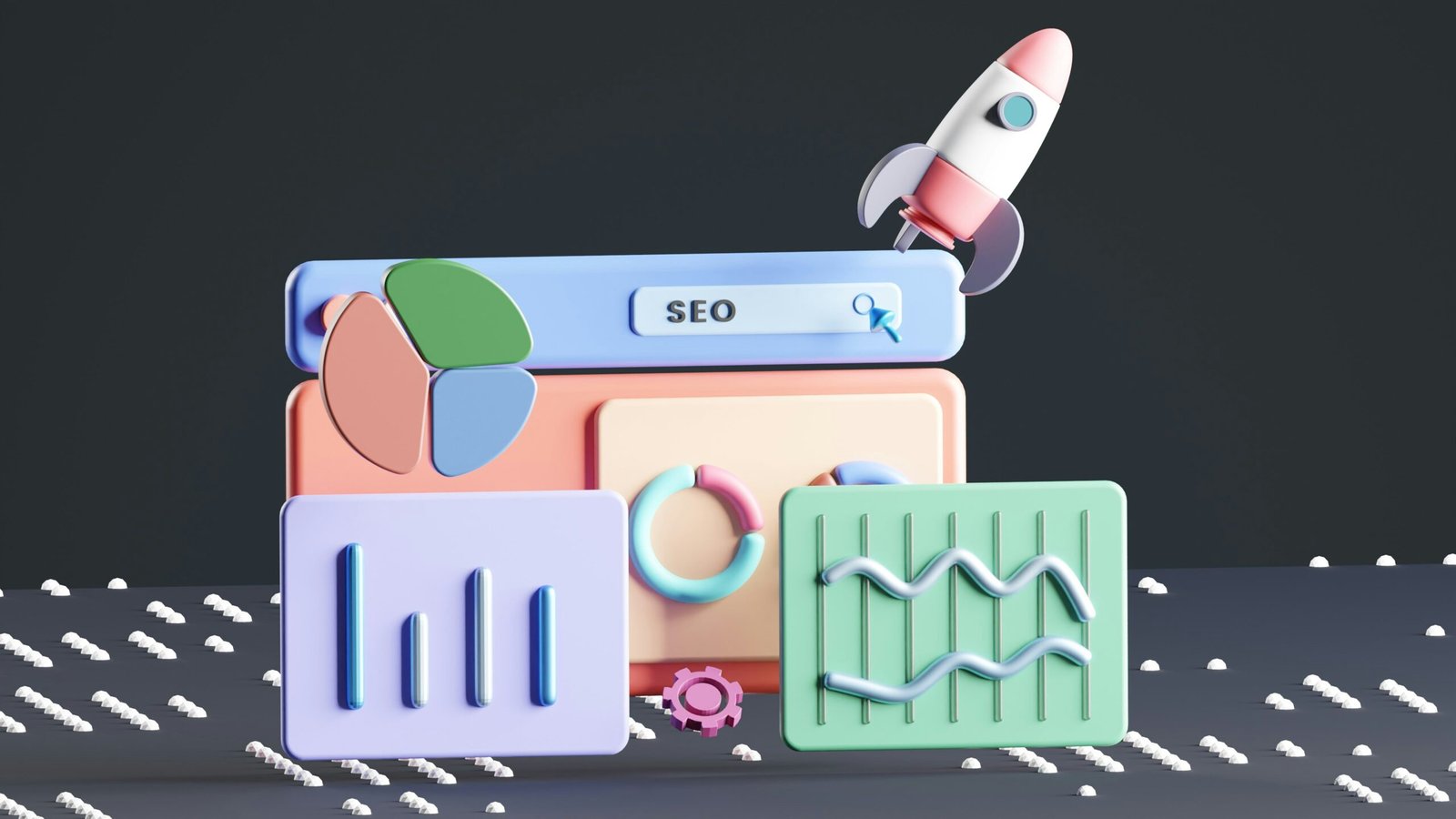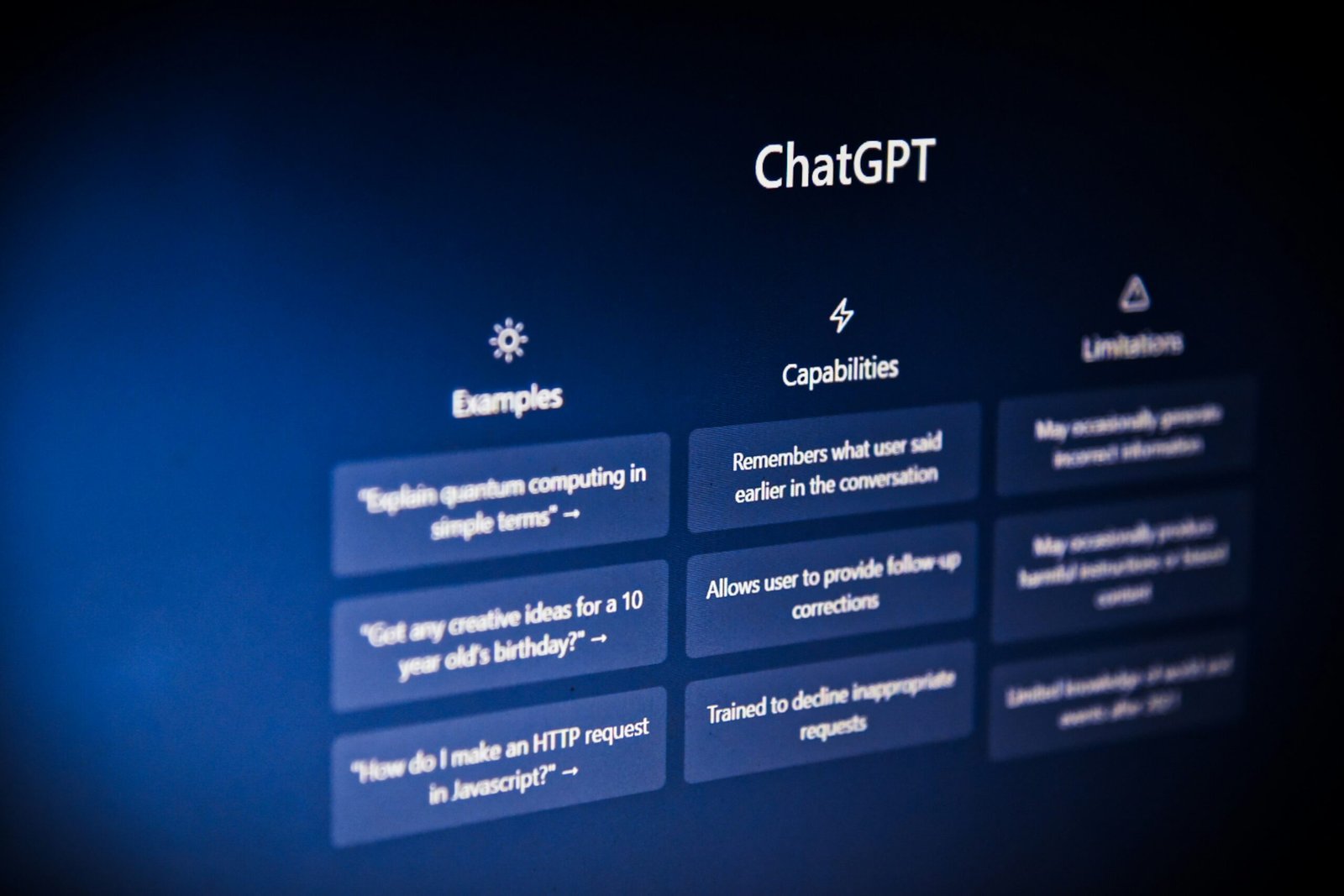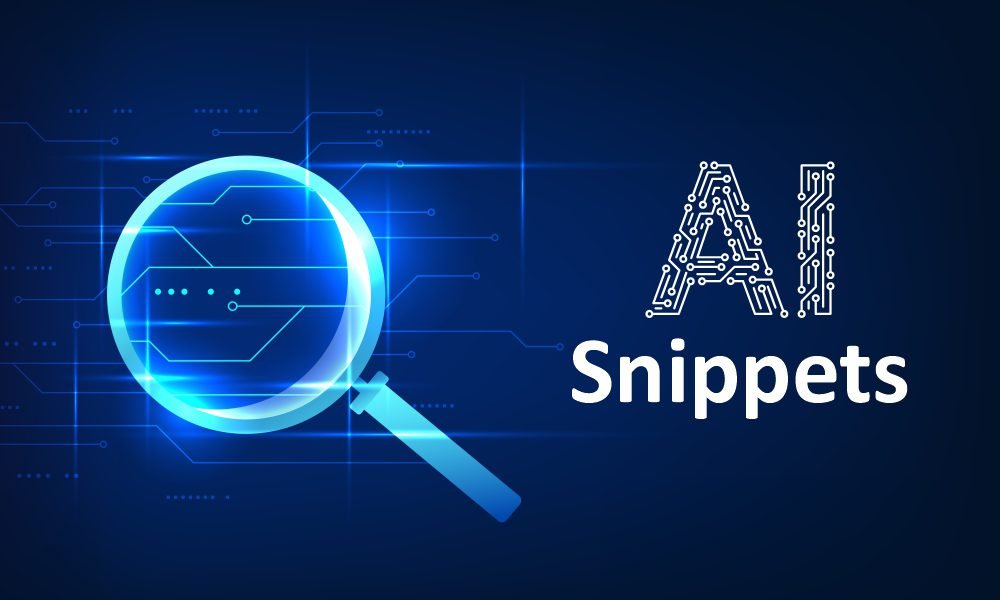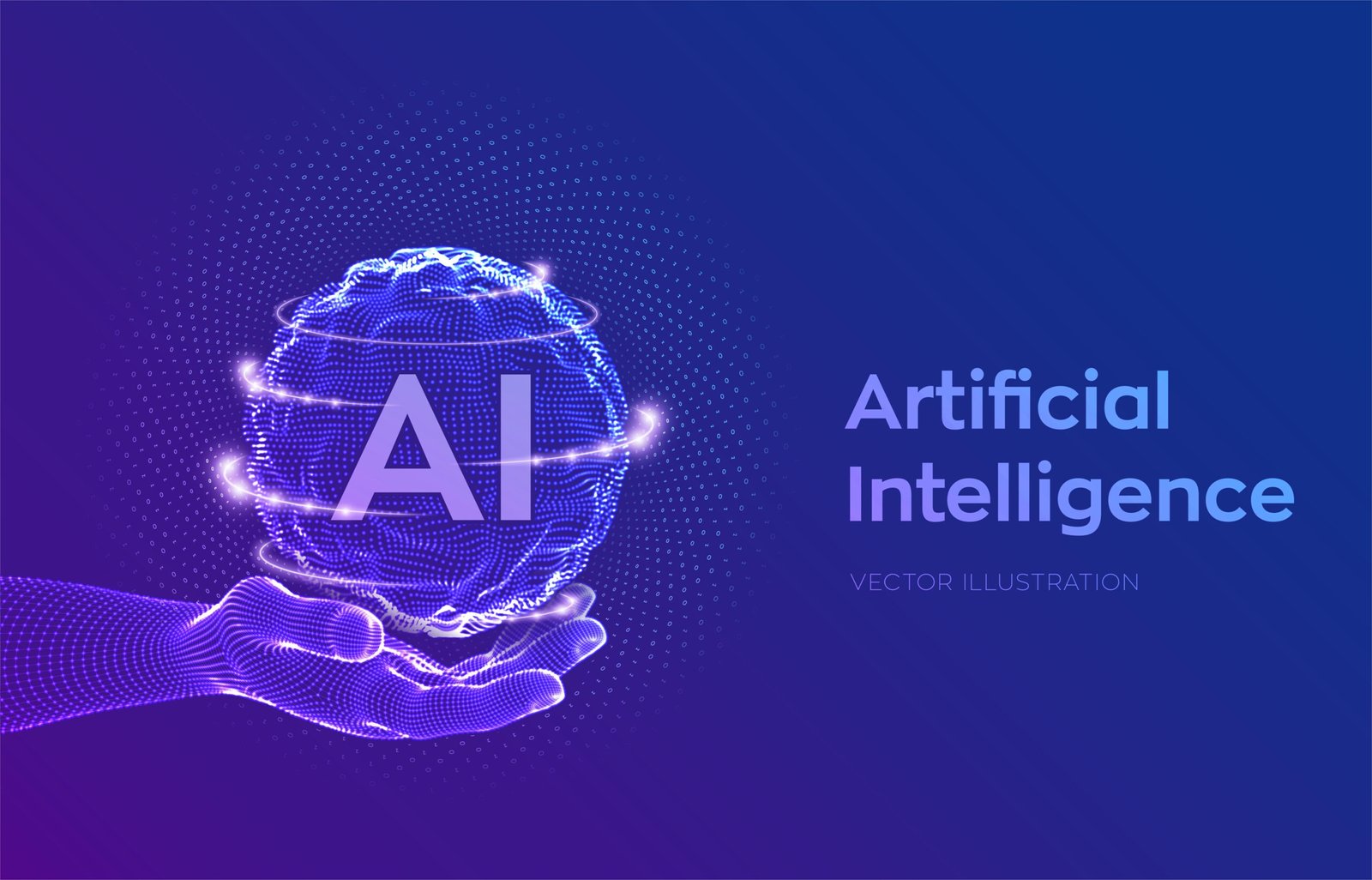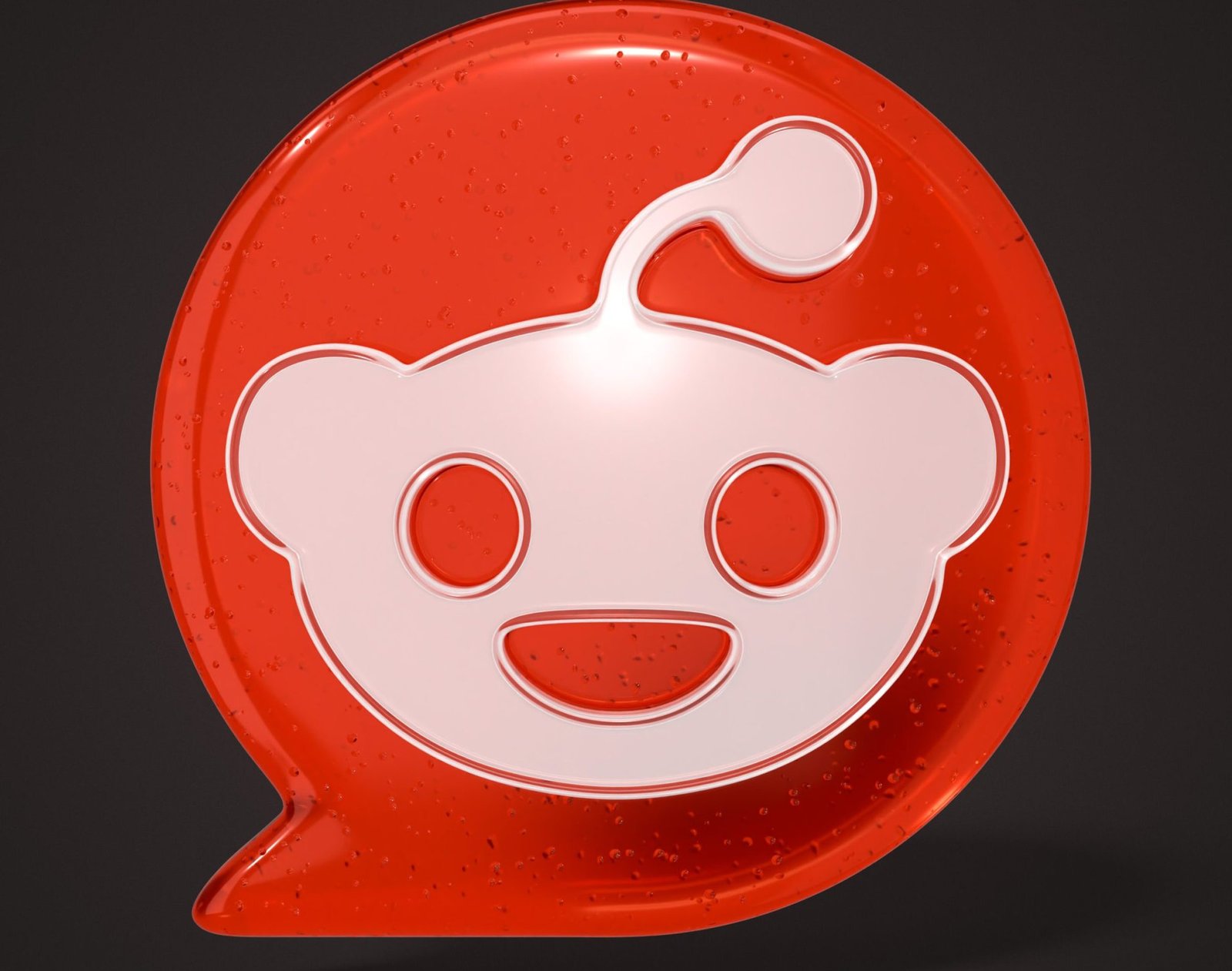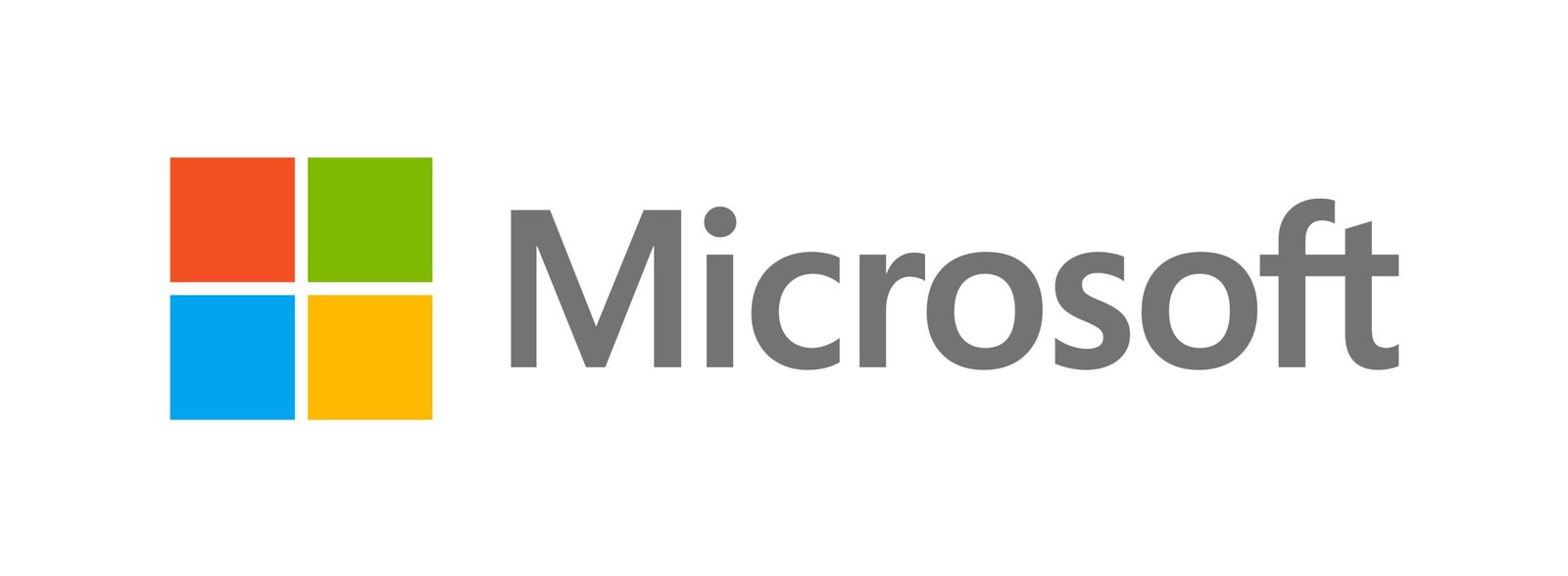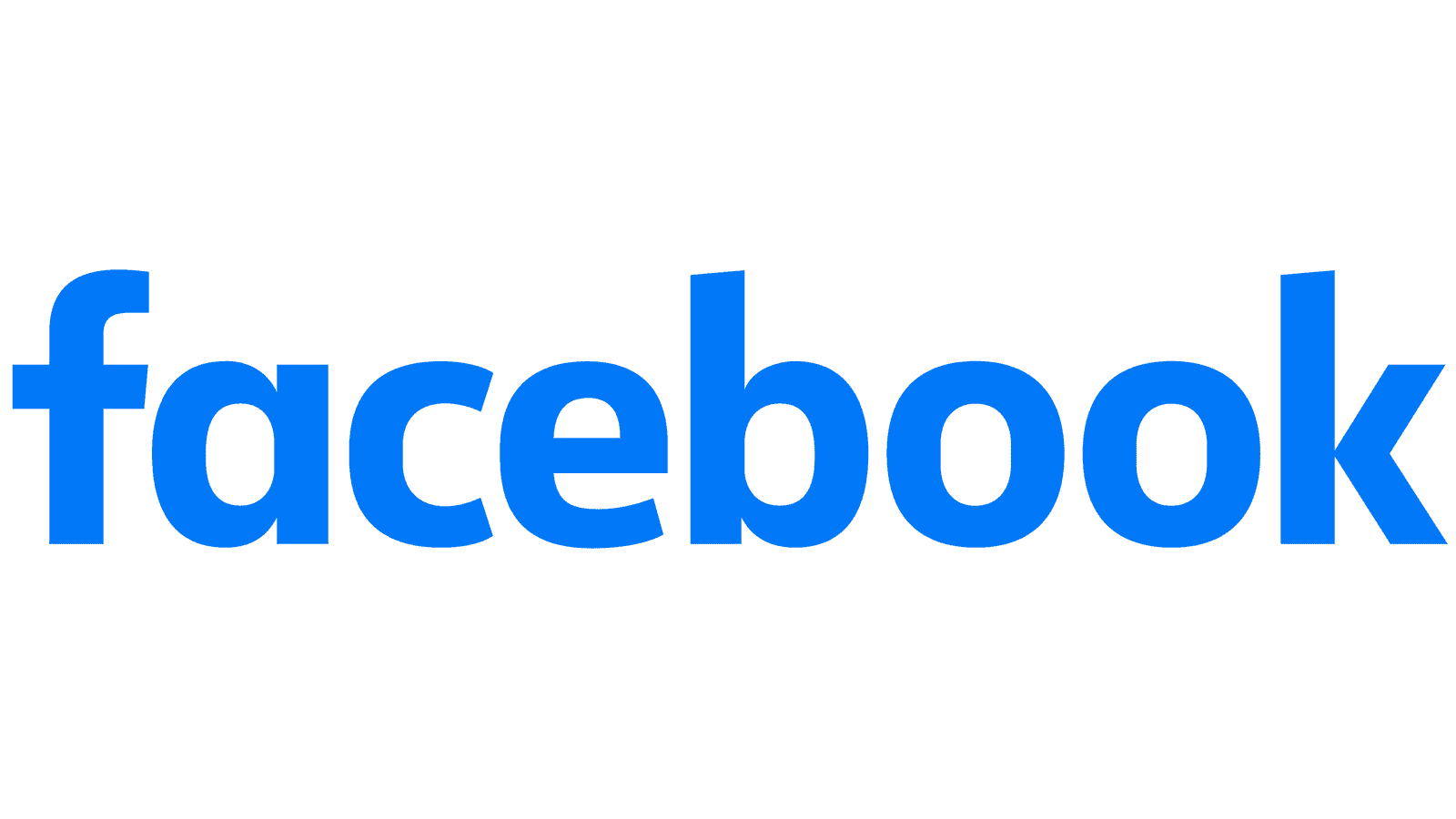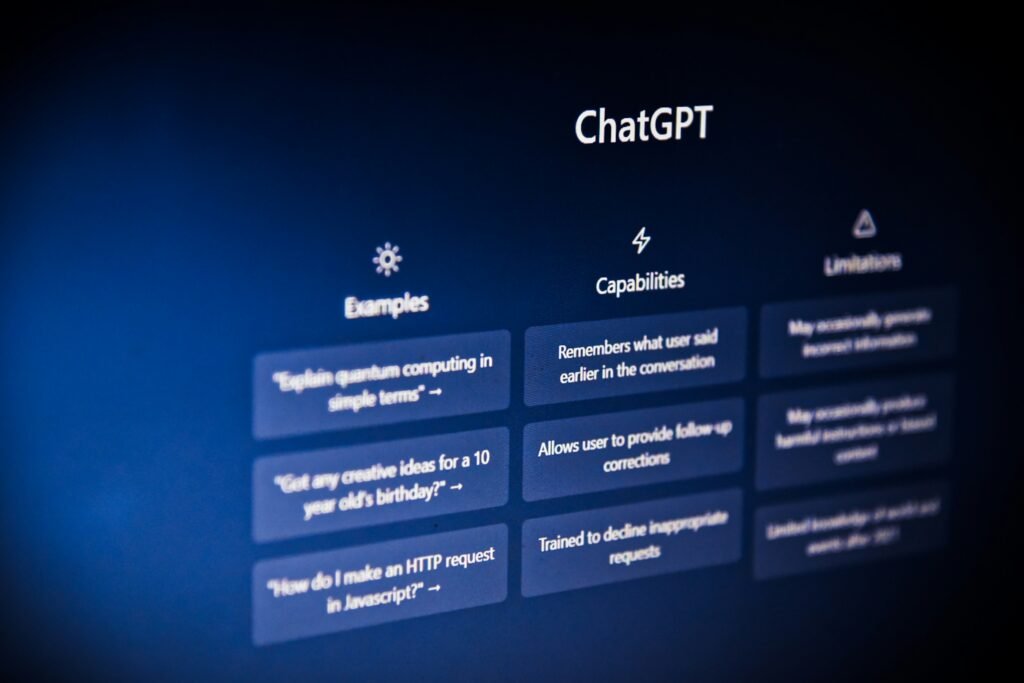
OpenAI just dropped a bombshell announcement that could fundamentally transform digital advertising as we know it. They’re actively exploring advertisements on ChatGPT, and the implications for marketers are staggering.
Currently, ChatGPT operates ad-free. However, OpenAI’s CFO recently confirmed they’re seriously considering advertising for non-paying users as a monetisation strategy for their massive free user base. With over 800 million weekly active users asking questions and seeking solutions, this platform could become one of the most significant advertising opportunities since Facebook opened its business pages to marketers.
Here’s what makes this development particularly exciting: Unlike passive social media scrollers, ChatGPT users arrive with a specific intent. They’re actively problem-solving, researching solutions, and making decisions. For marketers, this represents a potentially powerful new channel to reach highly engaged audiences already in purchase consideration mode.
At WEBSIGH, we’ve been closely monitoring this development and preparing strategies to help our clients capitalize on this emerging opportunity. Whether ChatGPT ads launch tomorrow or next year, the brands that start preparing today will dominate when the platform opens to advertisers.
Let’s explore everything we know, what we can reasonably predict, and most importantly, how to position your business for success in this new advertising frontier.
What We Currently Know About ChatGPT Advertising
Transparency is important here: concrete details remain limited, but the available information is enough to warrant serious attention from forward-thinking marketers.
The Financial Reality Driving This Decision
Sam Altman previously called advertising a “last resort” for OpenAI’s monetization strategy. That perspective has evolved considerably as ChatGPT’s infrastructure costs have skyrocketed. Running AI at this unprecedented scale requires enormous computational resources, creating financial pressure that makes advertising increasingly attractive.
The business case is compelling. Moreover, ChatGPT’s user behavior patterns are practically designed for effective advertising. Consider the difference between these scenarios:
Traditional social media: Users mindlessly scroll through entertainment content, occasionally pausing at something interesting.
ChatGPT interactions: Users arrive with specific questions like “What’s the best project management software for remote teams?” or “How do I reduce customer churn in my SaaS business?”
These represent high-intent queries—the kind advertisers traditionally pay premium rates to target. Furthermore, the engagement quality surpasses most existing platforms because users actively seek solutions rather than passive consumption.
Current Testing and Infrastructure
Recent reports indicate OpenAI is testing various monetization approaches, including partnerships with publishers and potential sponsored content integrations. While they haven’t announced an official advertising timeline, the infrastructure for targeting and personalization already exists within their platform through conversation history and user preference tracking.
The growth trajectory tells a compelling story. ChatGPT reached 100 million users faster than any consumer application in history, and that number has grown exponentially. This represents an enormous advertising opportunity waiting to be unlocked—comparable to early Facebook or Google Ads adoption.
Predicting ChatGPT Ad Formats: What Marketers Should Expect
While OpenAI hasn’t revealed their advertising strategy, we can make educated predictions based on AI platform trends, ChatGPT’s interface design, and user experience priorities. Here are the most likely advertising formats:
1. Sponsored Conversational Responses
Think Google Ads reimagined for conversational AI. Instead of clicking blue links, users might see sponsored answers positioned at the top of ChatGPT’s responses. For instance, someone asking “best CRM for small business” might encounter a Salesforce-sponsored response before organic recommendations appear.
Why this format makes sense: It mirrors proven search advertising models while adapting to conversational interfaces. Additionally, it maintains user experience quality by ensuring sponsored content remains relevant and helpful.
2. Native Product Mentions Within Responses
This approach would be more subtle and sophisticated. ChatGPT might naturally weave brand mentions into its answers, similar to how it currently references tools and services organically. The distinction would be that some mentions represent paid placements rather than purely algorithmic selections.
Example in practice: A user researching email marketing platforms might receive a response that says: “Many marketing teams find success with platforms like Mailchimp (sponsored), which offers automation features suitable for growing businesses. Alternatively, you might consider…”
3. Contextual Product Recommendations
The AI could suggest specific products or services based on conversation context and user intent signals. Ask about marketing automation, and relevant tools might appear alongside technical advice. We’re already observing how this plays out in Google, where AI Overviews and paid advertisements coexist within search results.
The advantage: These recommendations feel natural because they’re triggered by genuine user needs expressed in conversation, not forced interruptions to content consumption.
4. Advanced Targeting Capabilities
ChatGPT already personalizes responses based on conversation history and user preferences. Advertising could leverage similar signals for unprecedented targeting precision:
- Query intent analysis: Understanding exactly what the user seeks to accomplish
- Conversation context: Previous questions in the thread revealing deeper needs
- Behavioral patterns: Topics users frequently discuss, indicating interests and priorities
- Industry focus: Distinguishing B2B versus consumer queries for appropriate ad serving
- Purchase stage indicators: Recognizing research phase versus ready-to-buy signals
5. Flexible Pricing Models
Expect familiar pricing structures adapted for conversational advertising:
Cost-Per-Click (CPC): Traditional model where you pay when users click sponsored links or follow recommendations
Cost-Per-Engagement (CPE): Payment triggered by meaningful interactions with ad content, such as expanding details or asking follow-up questions
Subscription Packages: Monthly fees guaranteeing mention opportunities within specific conversation categories
Performance-Based Pricing: Payment based on qualified leads or actual conversions generated, aligning advertiser investment with outcomes
The auction system will likely reward relevance over pure bid amounts, similar to Google’s Quality Score mechanism. ChatGPT won’t want to serve irrelevant ads that degrade user experience and platform trust.
How ChatGPT Ads Will Transform the Digital Advertising Landscape
This isn’t simply another advertising platform competing for existing budgets. Instead, ChatGPT advertising could fundamentally alter how digital advertising operates across several dimensions.
The Intent Advantage: Superior Signal Quality
ChatGPT captures user intent differently than traditional search engines. Users describe problems and desired solutions in natural language, providing advertisers with richer context about what people actually need. This goes beyond keyword matching to understanding the full scope of user requirements.
Consider the difference between these searches:
Traditional search: “CRM software” (ambiguous, could mean anything)
ChatGPT query: “I need a CRM that helps my 15-person remote sales team track customer interactions, integrate with Gmail and Slack, and costs under $100/month per user”
The latter provides dramatically more targeting precision. Consequently, advertisers can match solutions to needs with unprecedented accuracy, improving relevance while reducing wasted ad spend.
Budget Reallocation: Shifting the Marketing Mix
Smart marketers will test ChatGPT advertising by strategically reallocating budget from existing channels. Google Ads might lose search volume share as users turn to conversational AI for answers. Similarly, social media budgets could shift toward conversational platforms that offer superior intent signals.
This doesn’t mean abandoning proven channels immediately. Rather, it requires thoughtful testing to understand where ChatGPT advertising delivers the strongest ROI for your specific business model and target audience.
[Visual Placement: Pie chart showing current digital advertising spending distribution across platforms, with a projected version showing potential reallocation including ChatGPT ads]
Competitive Platform Response: The AI Advertising Arms Race
Google won’t sit idle while ChatGPT captures advertising market share. They’re already testing advertisements within their AI Overviews feature. Meanwhile, Microsoft will push Copilot advertising more aggressively, and Meta might accelerate their AI assistant monetization features.
ChatGPT’s advertising success will force every major platform to evolve their ad offerings, potentially triggering the biggest shift in digital advertising since mobile transformed the landscape. Early adopters across these platforms will gain experience advantages as advertising best practices emerge.
Impact on Content Marketing Strategy
Perhaps the biggest disruption will affect content marketing. If ChatGPT starts favoring sponsored responses over organic citations, content creators will need new strategies to maintain visibility. The value proposition of content marketing might shift from driving traffic to establishing authority that AI models recognize and reference—whether in paid or organic mentions.
Is ChatGPT Advertising Right for Your Business?
The opportunity excites marketers across industries, but it’s not universally applicable. Businesses should carefully evaluate their target audience, funnel stage focus, and strategic goals before committing resources to this emerging channel.
Businesses Positioned for ChatGPT Advertising Success
SaaS Companies: Particularly those solving niche problems where buyers actively ask “what’s the best tool for [specific need]?” The conversational format perfectly matches how businesses research software solutions.
High-Consideration E-commerce: Products requiring research and comparison, such as electronics, fitness equipment, professional supplies, or B2B procurement. These purchasing decisions often begin with questions ChatGPT can address.
Education and Certification Providers: Online courses, professional certifications, and skill development programs align naturally with users seeking learning solutions through conversational queries.
Professional Services: Law firms, financial advisors, healthcare providers, marketing agencies, and consulting practices can reach prospects actively researching service providers and comparing options.
Businesses That Should Proceed Cautiously
Impulse Purchase Brands: Low-cost items typically bought on impulse rather than research may not justify ChatGPT advertising costs, at least initially.
Highly Visual Products: Fashion, home décor, and other categories where visual presentation drives purchase decisions might perform better on image-centric platforms.
Limited Digital Demand Industries: Niche markets with minimal online search behavior may find insufficient query volume to justify advertising investment.
Critical Considerations Before Launching
User Demographics and Behavior: ChatGPT’s user base currently skews younger and more tech-savvy than general internet users. If your customers are primarily older or less digitally engaged, this channel might not deliver strong initial ROI.
Budget Expectations: Early adopters often pay premium prices on new advertising platforms as auction dynamics stabilize. Plan to test with smaller budgets initially, similar to early Facebook advertising in 2008—high potential, but expect learning through experimentation.
Attribution Complexity: Conversational advertising may not follow traditional customer journey tracking. Users might mention your brand to colleagues or search separately after ChatGPT conversations rather than clicking directly through ads.
How to Prepare for ChatGPT Advertising Today
Forward-thinking marketers don’t wait for platforms to launch before preparing. Here’s your comprehensive playbook for positioning your business advantageously:
1. Map Your Customer Questions Systematically
Use tools like AnswerThePublic, Google’s “People Also Ask” feature, and your customer support ticket logs to identify common questions in your industry. As users seek solutions, these queries will likely be entered into ChatGPT.
Action steps:
- Analyse your top 50 support tickets for recurring questions
- Document question patterns from sales calls and demos
- Research competitor FAQs and review sites for customer concerns
- Create a master list of questions categorized by funnel stage
2. Develop Conversational Ad Copy Now
Start writing advertisements that sound natural in conversation rather than promotional. Instead of “Buy Our CRM Today!” try “For remote teams managing customer relationships across multiple channels, many businesses choose [Your CRM] because it integrates seamlessly with existing workflows and requires minimal training.”
Testing opportunity: Experiment with this conversational copy style in your current Google Ads and social advertising to understand what resonates before ChatGPT advertising launches.
3. Audit and Strengthen Your Brand Authority
ChatGPT pulls information from authoritative sources when generating responses. Strengthen your digital presence across platforms that signal credibility:
- Industry publications and news sites: Earn coverage through thought leadership and newsworthy announcements
- High-authority directories and review platforms: Maintain complete, accurate profiles on G2, Capterra, Trustpilot, and industry-specific directories
- Academic or research publications: Publish original research or contribute to scholarly discussions in your field
- Influential podcasts and media mentions: Secure guest appearances and expert commentary opportunities
4. Test Conversational Marketing Interfaces
Experiment with chatbot marketing on your website and social media channels. This provides practical experience with AI-style interactions before ChatGPT advertising becomes available. Learn what conversation flows convert effectively and which messages resonate with your audience.
5. Prepare Advanced Attribution Models
Conversational advertisements might not follow traditional last-click attribution. Users could mention your brand to colleagues, save it for later research, or search separately after ChatGPT conversations. Plan for longer attribution windows and multi-touchpoint tracking that captures indirect conversions.
Recommendation: Implement or upgrade to attribution platforms that support custom conversion paths and can incorporate offline conversion data.
6. Build Comprehensive Knowledge Resources
Create extensive FAQ sections, detailed product documentation, in-depth how-to guides, and authoritative industry resources. The more comprehensive and authoritative your content, the more likely ChatGPT will reference your expertise—both in organic responses and potentially giving you advantages in paid placement quality scores.
Getting Featured in ChatGPT Organically (Without Paid Advertising)
You don’t need to wait for paid advertising options. Brands already appear in ChatGPT responses organically, and you can improve your chances of inclusion through strategic optimization.
Strengthen Your E-E-A-T Authority Signals
Focus on Google’s E-E-A-T framework (Experience, Expertise, Authoritativeness, Trustworthiness), which AI models also value when selecting sources. Publish original research, detailed case studies, and thought leadership content that demonstrates deep knowledge in your field.
Practical tactics:
- Include author credentials and expertise indicators on all content
- Cite reputable sources and link to authoritative references
- Update content regularly to maintain accuracy and relevance
- Showcase real client results and verifiable outcomes
Optimize for Conversational Query Patterns
Write content addressing questions the way people actually ask them. Instead of targeting the keyword phrase “email marketing best practices,” create content titled “How do I write emails that people actually open and read?” This conversational approach aligns with how users interact with ChatGPT.
Earn Strategic Brand Mentions from Trusted Sources
ChatGPT values brand mentions and links from credible sources when building its understanding of companies and solutions. Actively pursue coverage from:
- Industry-leading publications and authoritative news sites
- Respected analyst firms and research organisations
- High-traffic review platforms where customers share experiences
- Influential industry podcasts and video content creators
Implement Structured Data Across Your Digital Properties
Schema markup helps AI systems understand your content structure and extract relevant information. Implement FAQ schema, product schema, organization schema, and how-to schema to improve your chances of being accurately referenced in AI responses.
Priority schemas for ChatGPT visibility:
- FAQ Schema (most important for conversational AI)
- Product Schema (for e-commerce and SaaS)
- Organization Schema (establishes brand entity)
- HowTo Schema (for instructional content)
Monitor Your Current Brand Mentions
Set up Google Alerts for your brand name, key executives, and proprietary methodologies. Additionally, manually test ChatGPT regularly by asking questions where your business should be mentioned. This establishes baseline data for measuring improvement as you implement optimisation strategies.

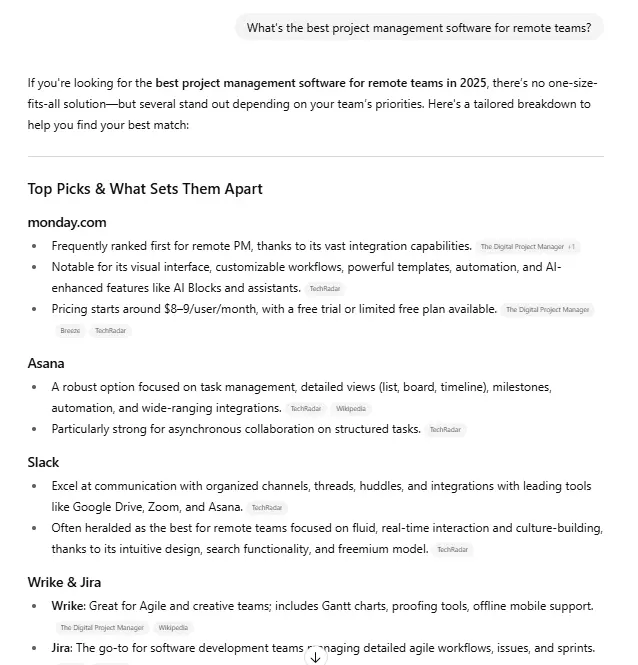
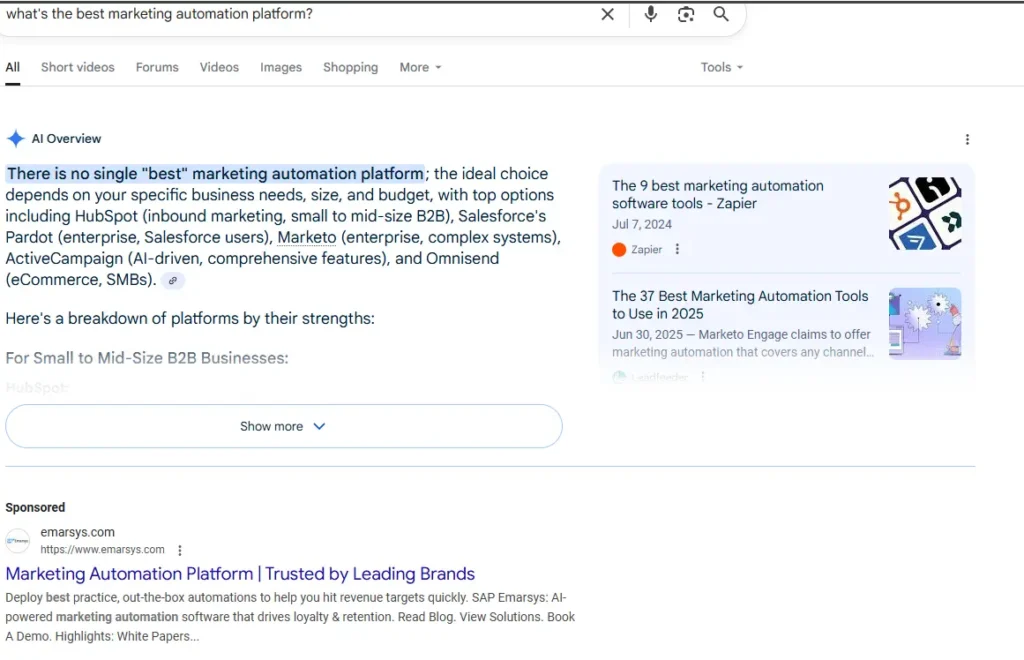
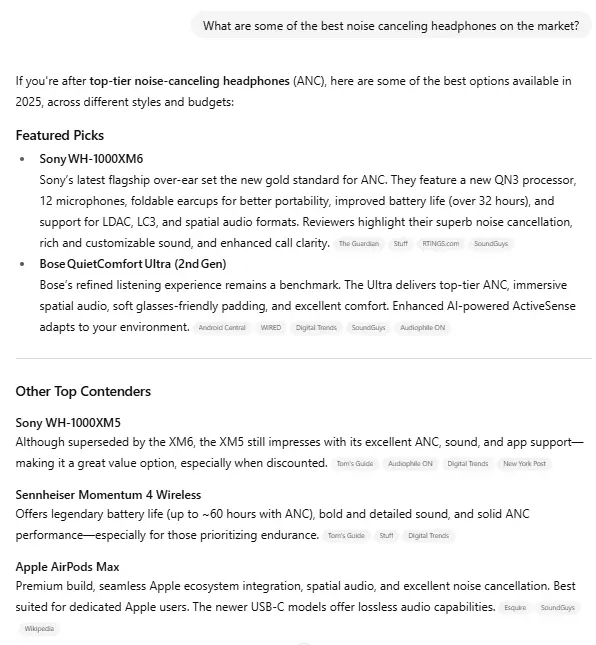
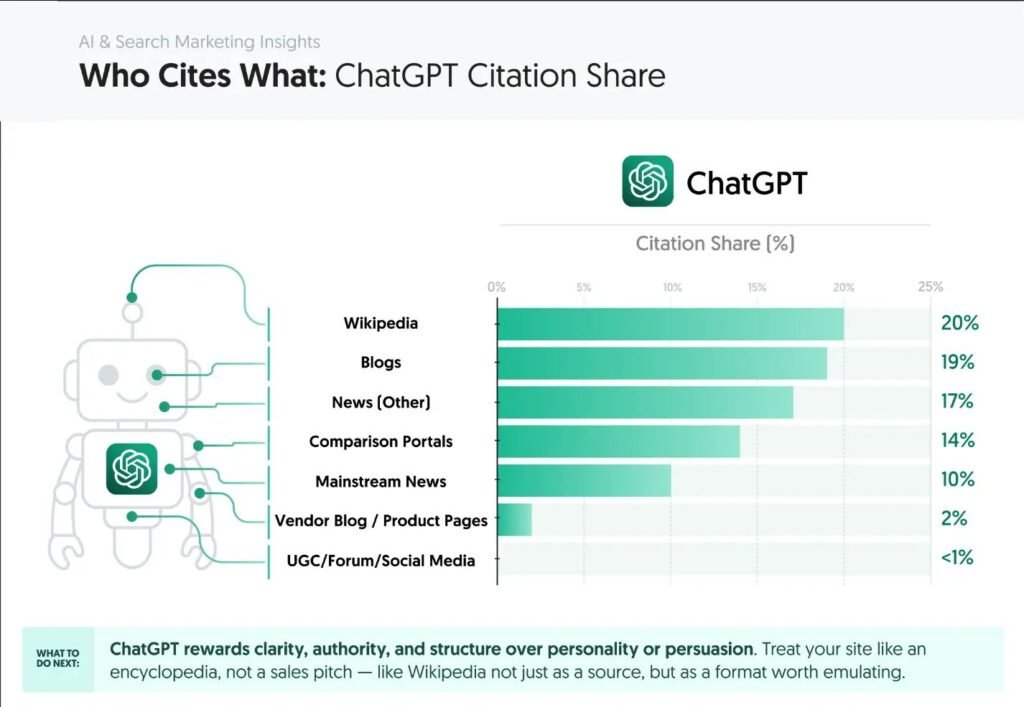
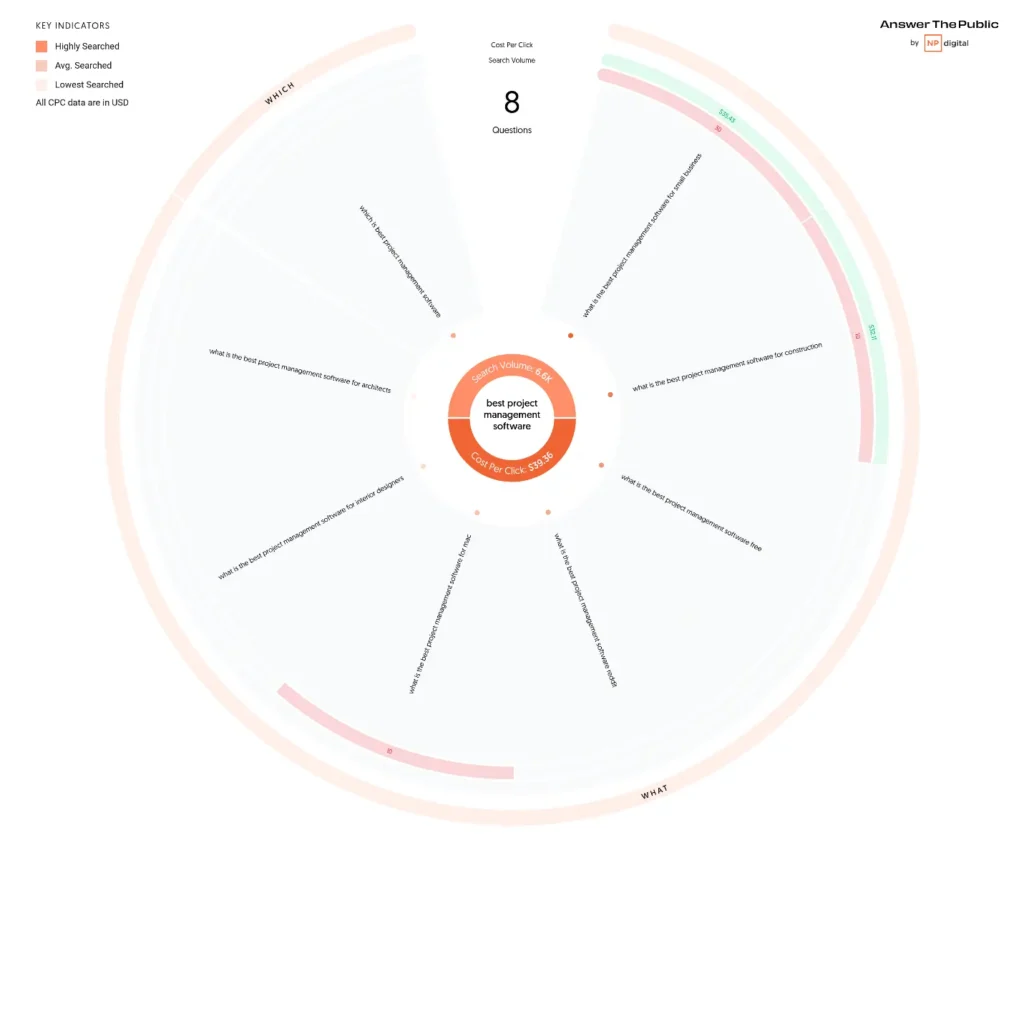
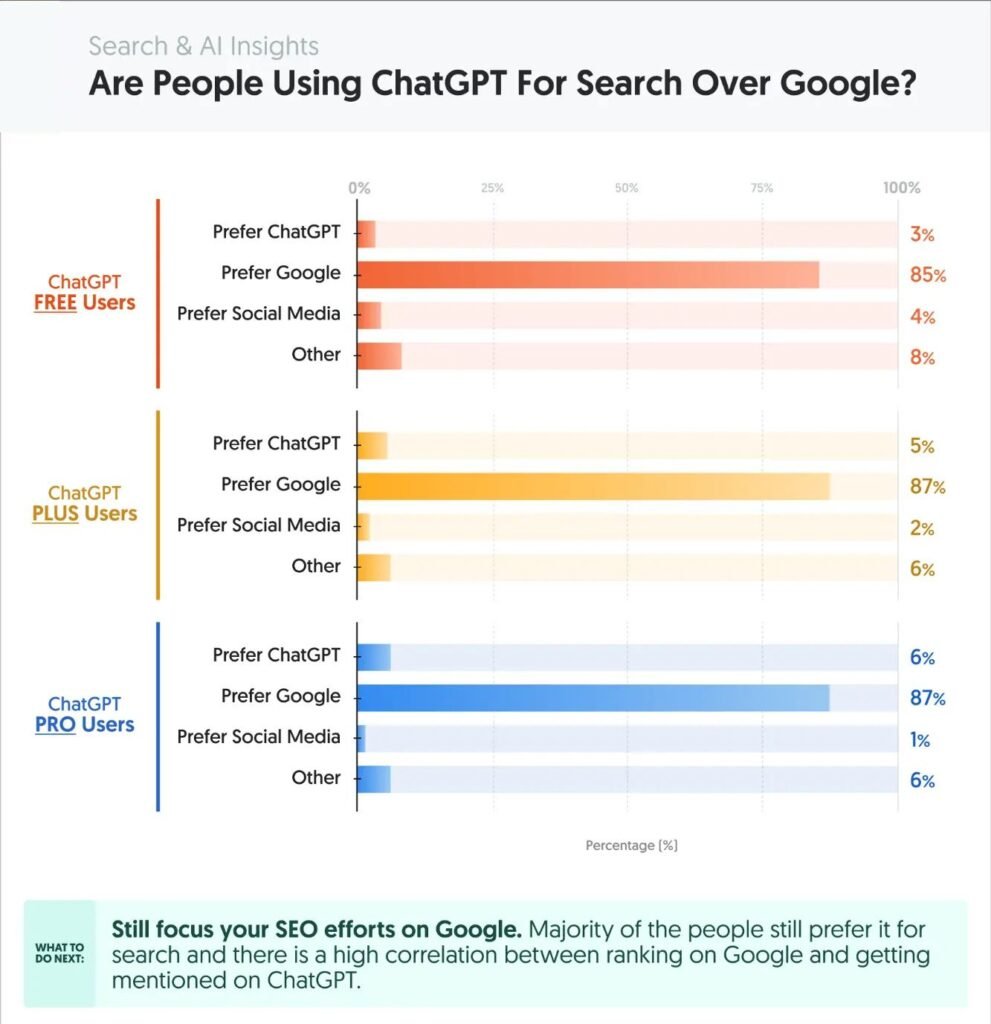
Understanding the Broader Implications: AI Advertising Beyond ChatGPT
While ChatGPT represents the most significant immediate opportunity, it’s part of a broader shift toward AI-powered advertising across platforms. Smart marketers recognize this trend and prepare for multi-platform AI advertising strategies.
Google’s AI Overview Advertising
Google has already begun testing advertisements within AI Overviews, their conversational search feature. These ads appear alongside AI-generated summaries, creating hybrid experiences between traditional search and conversational AI.
Key difference from ChatGPT: Google’s approach remains more search-focused, while ChatGPT offers deeper conversational engagement and follow-up capability.
Microsoft Copilot Monetisation
Microsoft is integrating Copilot across their entire product ecosystem—Windows, Office, Edge browser, and Bing. Consequently, they’ll likely develop advertising options that span multiple touchpoints rather than existing in isolation.
Strategic consideration: Businesses heavily invested in Microsoft ecosystems should prioritise Copilot advertising preparation alongside ChatGPT strategies.
Emerging AI Platforms
Perplexity, Claude, and other AI assistants are exploring their own monetisation models. While smaller in scale than ChatGPT, these platforms serve specific user segments and may offer niche advertising opportunities for certain business types.
Measuring Success: ChatGPT Advertising KPIs and Analytics
Traditional advertising metrics will require adaptation for conversational AI advertising. Here are the KPIs WEBSIGH recommends tracking once ChatGPT advertising launches:
Primary Performance Metrics
Conversation Engagement Rate: Percentage of users who interact with your sponsored content beyond initial display
Recommendation Click-Through Rate: Users who follow sponsored recommendations to your website or landing pages
Conversation-to-Conversion Rate: Users who ultimately convert after ChatGPT conversations mentioning your brand
Cost Per Qualified Lead: Investment required to generate a marketing-qualified lead through ChatGPT advertising
Brand Mention Sentiment: Positive versus negative sentiment in conversations where your brand appears
Secondary Indicators
Share of Voice: Your brand’s presence in relevant conversations compared to competitors
Follow-Up Question Rate: How often users ask additional questions about your brand or solution
Multi-Session Conversions: Conversions occurring in subsequent sessions after initial ChatGPT exposure
Cross-Platform Attribution: Conversions beginning in ChatGPT but completing through other channels
Organic Mention Lift: Increase in unpaid brand mentions correlated with advertising campaigns
The WEBSIGH Perspective: Why Early Preparation Matters
At WEBSIGH, we’ve observed a consistent pattern across emerging advertising platforms: early adopters gain disproportionate advantages that compound over time. This happened with Facebook advertising, Instagram ads, and Google’s early search advertising programs.
ChatGPT advertising will follow a similar trajectory. The brands that establish presence early will:
- Set audience expectations for which companies represent quality solutions in their category
- Capture initial data about what messaging and offers resonate in conversational contexts
- Build optimization experience before competitors understand the platform
- Establish authority signals that influence both paid and organic AI mentions
- Secure competitive positioning that becomes increasingly difficult to displace
Conversely, late adopters face steeper learning curves, higher acquisition costs, and entrenched competitors who’ve already established favorable positioning.
Your Action Plan: Next Steps for ChatGPT Advertising Readiness
Whether ChatGPT advertising launches next month or next year, the preparation work remains valuable. Here’s what to do right now:
Immediate Actions (This Week)
- Audit your current ChatGPT presence: Test 20-30 relevant queries to see when and how your brand appears
- Document your customer questions: Extract the top 50 questions from support tickets, sales calls, and reviews
- Review your attribution setup: Ensure you can track multi-touchpoint conversions and assisted conversions
Short-Term Preparations (Next 30 Days)
- Strengthen E-E-A-T signals: Add author credentials, update outdated content, and cite authoritative sources
- Implement schema markup: Prioritize FAQ, Product, and Organization schemas across key pages
- Develop conversational ad copy: Write 10-20 ad variations in conversational style and test in current channels
Medium-Term Strategy (Next 90 Days)
- Build authoritative content assets: Publish original research, comprehensive guides, or detailed case studies
- Earn strategic media mentions: Execute PR campaigns targeting authoritative publications in your industry
- Test conversational marketing: Implement chatbots or conversational interfaces to gain experience
- Allocate testing budget: Reserve 5-10% of your advertising budget for ChatGPT testing when available
Take Control of Your AI Advertising Future Today
The emergence of ChatGPT advertising represents the most significant shift in digital advertising since mobile transformed the landscape. Unlike previous platform launches where preparation meant simply opening an account, success here requires building foundational authority and conversational marketing capabilities before the platform even opens to advertisers.
This creates a rare opportunity: those who prepare now will dominate when ChatGPT advertising launches, while competitors scramble to catch up. The question isn’t whether ChatGPT advertising will matter to your business—it’s whether you’ll be positioned to capitalise on it from day one or spend months playing catch-up.
At WEBSIGH, we’re already helping forward-thinking brands prepare for the conversational advertising revolution across ChatGPT, AI Overviews, and emerging AI platforms. We don’t just adapt to changes after they happen—we position our clients ahead of trends so they lead rather than follow.
Ready to Dominate the Conversational Advertising Era?
WEBSIGH’s ChatGPT Advertising Readiness Services Include:
✓ Comprehensive AI visibility audit across all major platforms
✓ Conversational content strategy development and implementation
✓ E-E-A-T authority building and credibility optimisation
✓ Schema markup implementation for AI comprehension
✓ Multi-platform AI advertising strategy and preparation
✓ Ongoing monitoring and optimisation as platforms evolve
Start Your ChatGPT Advertising Preparation Today:
📧 Email: info@websigh.com
📞 Phone: +91 (700) 880-7871
🔗 Schedule Your Free AI Advertising Readiness Assessment: Please fill out the form below, and we will reach out in a blink.
Don’t wait until ChatGPT advertising launches to start preparing. The brands building authority and conversational marketing capabilities today will dominate tomorrow’s most powerful advertising platform. Let’s ensure your business is among them.
About Abhisek & WEBSIGH
Abhisek founded WEBSIGH to help innovative brands navigate emerging marketing channels before competitors recognise their potential. With deep expertise in AI optimization, conversational marketing, and emerging platform strategies, WEBSIGH partners with forward-thinking companies ready to dominate the next generation of digital advertising. Our track record includes helping clients establish category leadership across every major platform evolution of the past decade, and ChatGPT advertising will be no different.
FAQs
Common Questions About ChatGPT Advertising
When will ChatGPT advertising actually launch?
OpenAI hasn’t announced an official timeline. However, given the financial pressures and infrastructure already in place, many industry analysts expect testing to begin within 6-12 months, with broader rollout potentially in late 2025 or early 2026.
Will ChatGPT advertising be more expensive than Google Ads?
Pricing remains unknown, but early adoption of new advertising platforms typically commands premium rates as auction dynamics stabilise. Expect to pay competitive rates initially, with costs potentially decreasing as more advertisers join the platform and supply-demand balances.
Can small businesses compete with enterprise budgets on ChatGPT?
Likely yes, especially if the platform rewards relevance and quality over pure bid amounts. Small businesses with strong authority signals and highly relevant offerings may outperform larger competitors with generic messaging—similar to how Google Ads Quality Score levels the playing field.
How do I know if my brand is currently mentioned in ChatGPT?
Test manually by asking ChatGPT questions where your business should logically appear in responses. Ask about your industry, specific problems you solve, and comparisons between solutions. Document when and how your brand is mentioned to establish a baseline.
Should I pause other advertising channels when ChatGPT ads launch?
Absolutely not initially. Instead, test ChatGPT advertising with small experimental budgets reallocated from existing channels. Only after establishing clear performance benchmarks should you consider significant budget shifts. Maintain diversification across proven channels while exploring new opportunities.
The technology that we use to support you
Ready to reduce your technology cost?
See More Blogs
Partner with Us for Comprehensive IT
Call us at: 700-880-7871
- Client-oriented
- Independent
- Competent
- Results-driven
- Problem-solving
- Transparent


